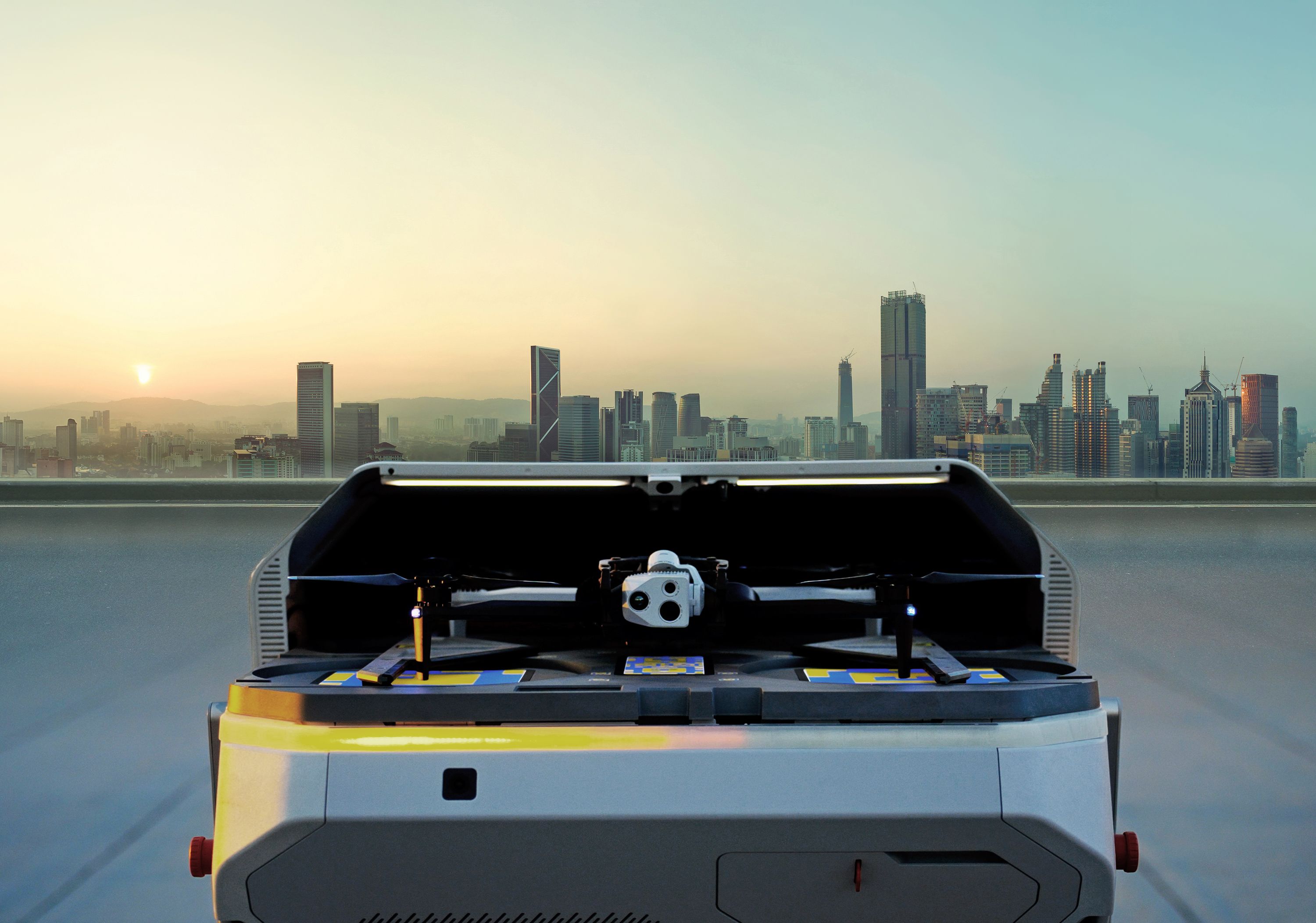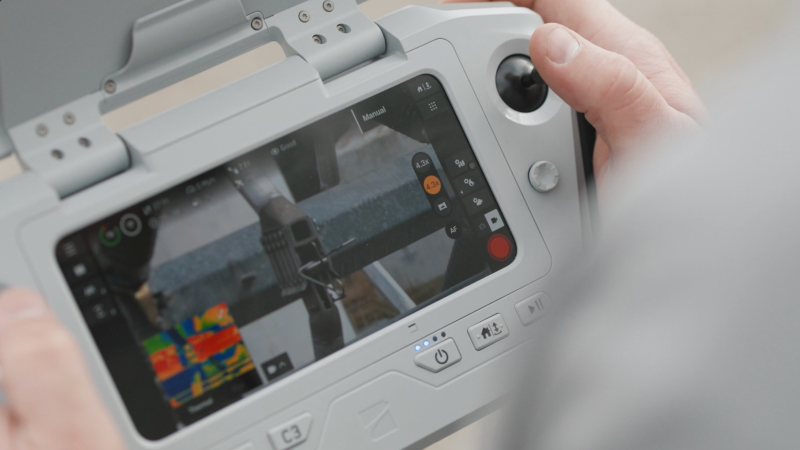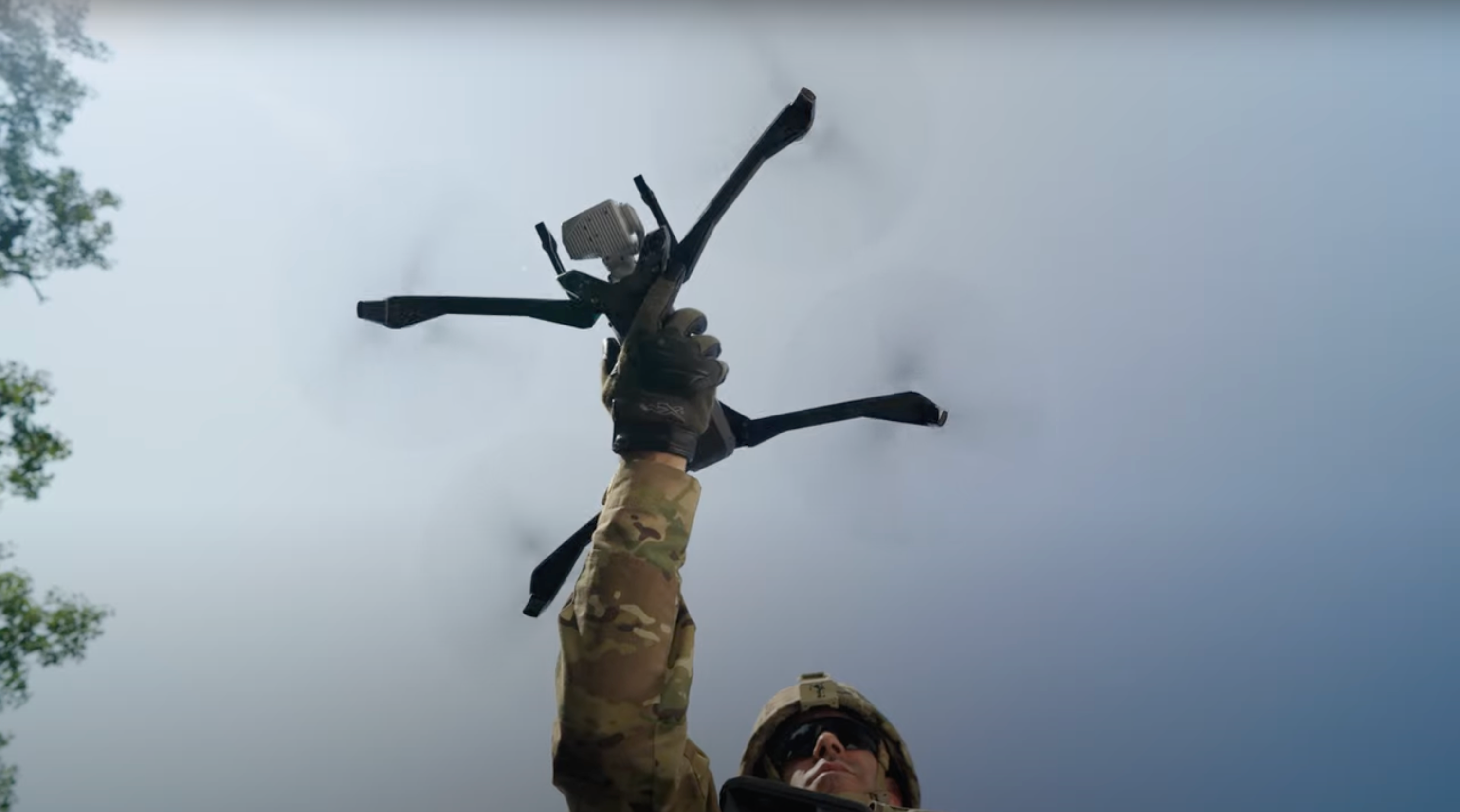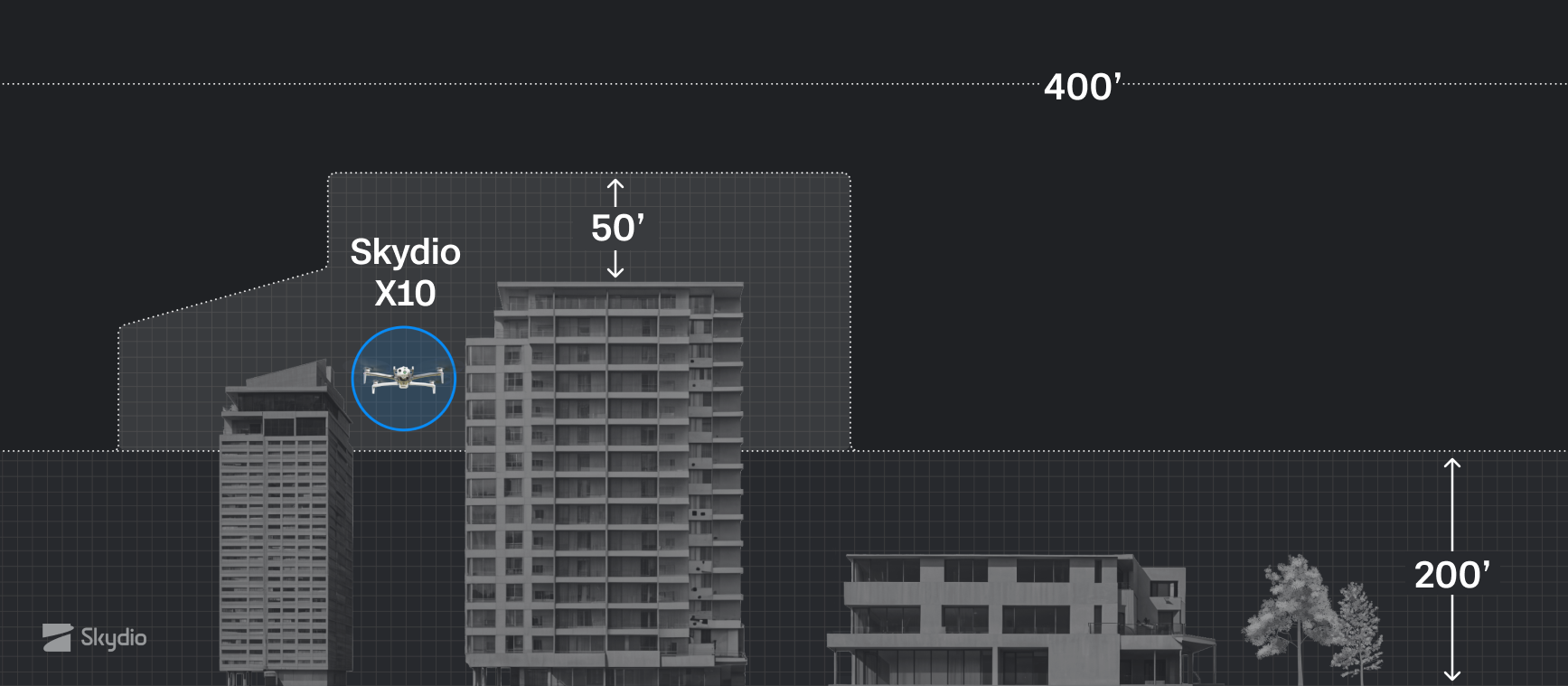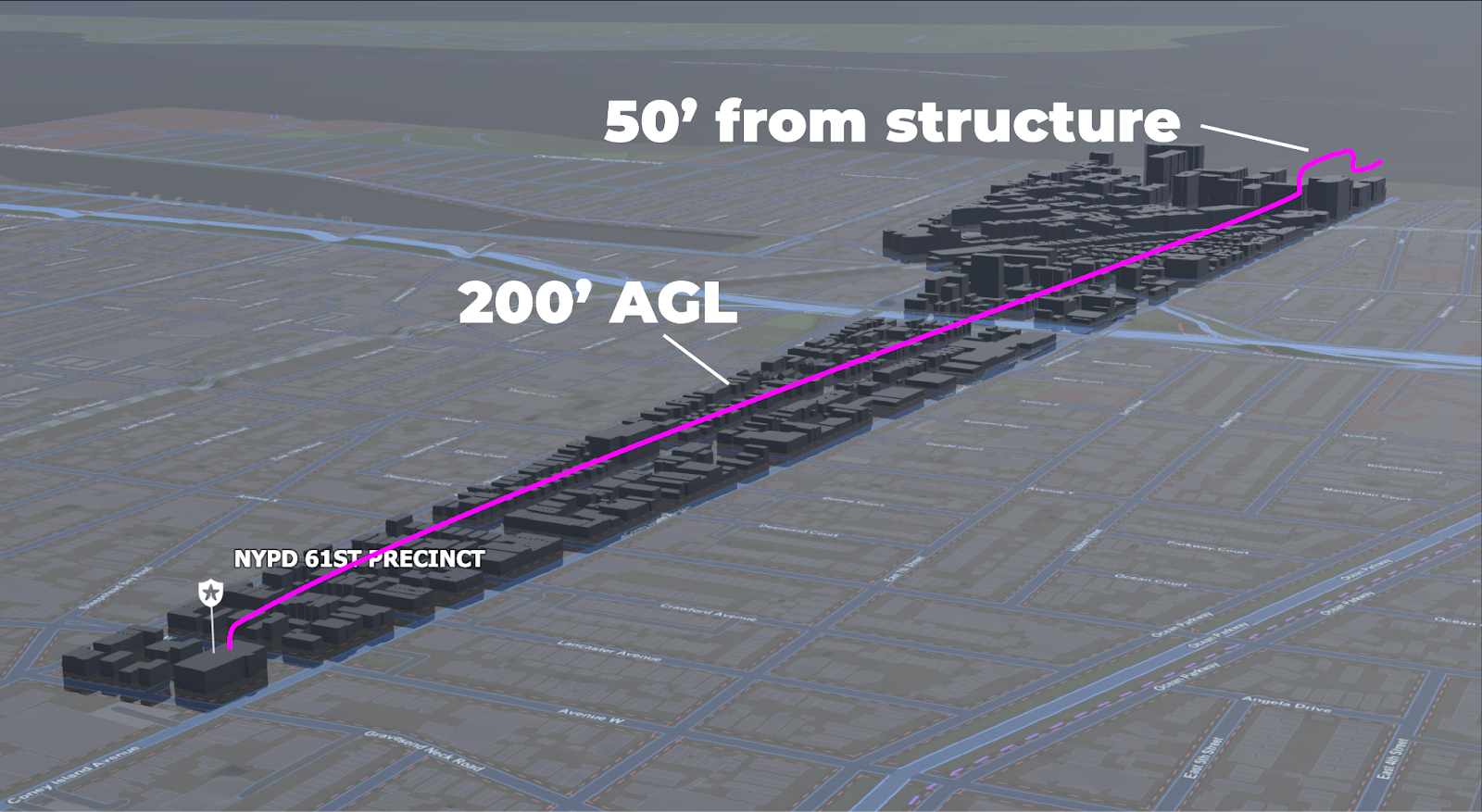Skydio is joining the San Diego IPP team!
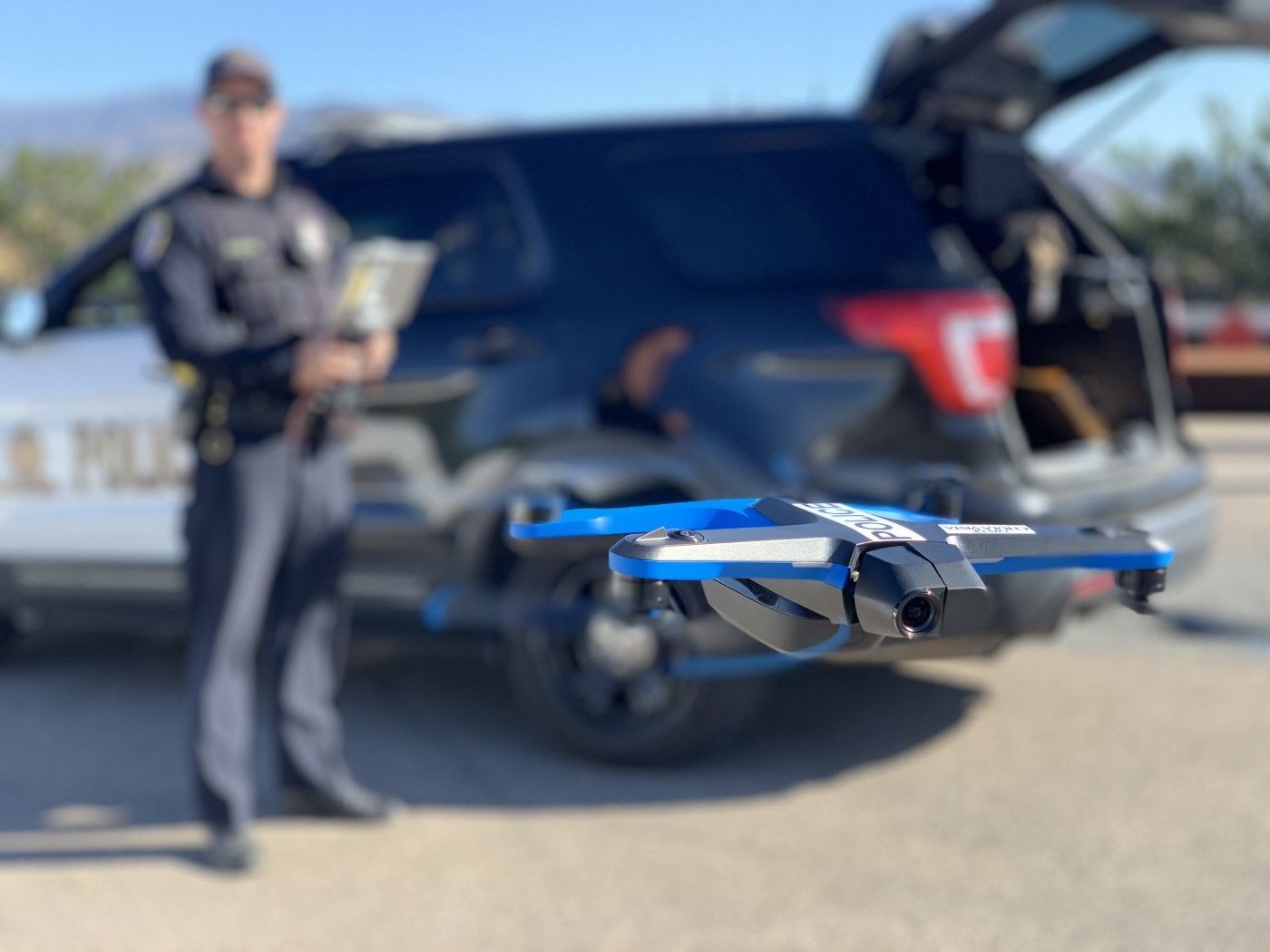
We are very happy to announce that Skydio has been named to the San Diego small UAS Integration Pilot Program (IPP). It is an honor to be invited to build upon the great work of the FAA, local municipal governments, and a host of other leading companies in the drone industry, to support pilot programs that can help evolve the regulatory environment for all unmanned aviation.
Our company is based on advancing what drones can do, and now we are joining a team pushing the envelope of what drones are allowed to do. To us, the key to having drones we can trust, performing missions in the national airspace, is autonomy. Whether applied to intelligent return-to-home workflows, reliable fully-automated mission sets, or revolutionary obstacle avoidance that lets pilots maneuver confidently in a whole new host of environments, the Skydio Autonomy Engine gives drone operators powerful new capabilities.
Our latest aircraft, the Skydio 2, is capable of completing manual flight missions in ways no pilot would be advised to try on drones with less sophisticated obstacle avoidance systems. Our six-camera sensing system leaves no blind spots, and protects pilots from crashes whether or not they keep the drone within line of sight. The point of the FAA-required visual observer is to tell the pilot-in-command what hazards lie to the left, right, up, down, and behind the drone — to be the eyes in the back of the drone’s head. Well, Skydio 2 has its own eyes in the back of its head. The autonomy engine makes Skydio 2 the only drone in its class that can be confidently flown near obstacles in a Beyond-Visual-Line-of-Sight (BVLOS) setting. Further, our autonomy engine means that the Skydio 2 is capable of performing autonomous missions — from mapping to patrols to cinematic one-shots — without human intervention. Operators can put their controllers away and trust that the drone will keep on getting the job done.
Today’s drone policies are reasonable for conventional manual drones, but the advent of trustworthy autonomy enables new modes of operation. Specifically, the BVLOS and one-pilot-one-drone limitations are outdated when pilots have access to the on-board intelligence of the caliber of the Skydio Autonomy Engine. We are excited to work with the Chula Vista Police Department to show how these limitations can fall at the hands of two waivers: Close Proximity, Low Altitude (CPLA) and One-to-Many (OTM). The CPLA COA lets public safety operators operate their drones beyond visual line of sight as long as the UAS stays close enough for the operator to intervene in an emergency, and low enough to avoid any manned aircraft. The OTM allows a single operator to manage multiple drones, taking advantage of the latest drones’ abilities to fly safely with minimal pilot attention. As we work with the Chula Vista Police Department, who recently announced that Skydio 2 would be incorporated into their patrol operations, we hope to unlock new capabilities for their UAS team. It is our goal, and the IPP program’s, that the new capabilities we unlock be replicable for public safety agencies across the United States. The impact each waiver will have on public safety organizations cannot be overstated.
The CPLA COA is a critical enabler for the Drone-In-The-Trunk model, where drones live in a public safety department’s police cars or fire trucks, instead of on a shelf at the station. Drone-In-The-Trunk models promise faster response times and more benefit from drones — getting aerial intelligence right away, with less-skilled pilots. With a CPLA COA, an agency can certify its pilots to fly their drones within close proximity and at low altitude, without being limited to visual line of sight on the drone. The CPLA COA dramatically increases the value of drones while keeping both those on the ground and in the air safe. By limiting altitude, there should be no worry of interference with any other air traffic. At the same time, 360 degree collision avoidance significantly reduces the risk to those on the ground. Giving public safety operators an option to send a drone into a risky environment, while its pilot stays under cover or at a safe distance, will have a tremendous impact on the safety of our first responders and communities. Our early activities with the Chula Vista PD are focused on proving the public and aviation safety cases for the CPLA COA.
The One-to-Many COA is a critical enabler for the Chula Vista Police Department’s field-leading Drone as First Responder (DFR) implementation, where trained teleoperators fly drones to the sites of 911 calls from offices in the police station. Allowing these pilots to operate multiple drones at once means that, when a battery is low, a pilot can have another drone on-scene and ready to take over. It also means the pilot can send drones to multiple calls at once to facilitate situational awareness across a city. The OTM COA allows the value of a drone program to scale beyond the number of trained pilots the CVPD can staff, up to the number of times aerial intelligence would make society safer. To let DFR reach its full potential, we hope to see the FAA approve the OTM COA.
Together, these COAs will help first responders everywhere to maximize the benefits of their drones, to build safer and healthier communities. While we think our technology is critical on the path to bringing them about, we do want to recognize that there are a number of other partners who are equally critical. From the ability to teleoperate, to connecting various inhabitants of the national airspace for mission planning, IPP collaborators such as Cape Aerial Telepresence and AiRXOS (GE Aviation) will play absolutely vital roles in bringing these applications to life. We are thrilled to be associated with them and the operators from San Diego and Chula Vista who will be the executors of these new capabilities. It’s time to get to work on the IPP!
